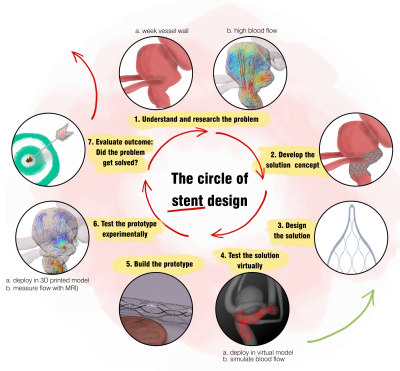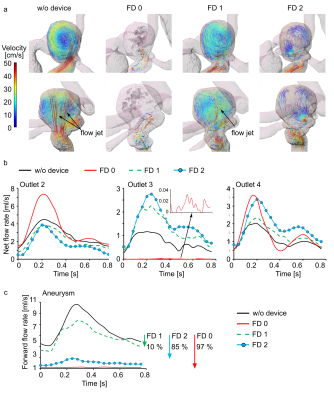Mariya Stanislavovna Pravdivtseva1, Prasanth Velvaluri2, Fritz Wodarg1, Eckhard Quandt2, Rodrigo Lima de Miranda3, Jan-Bernd Hövener1, Philipp Berg4, and Olav Jansen1
1Department of Radiology and Neuroradiology, Section Biomedical Imaging, Molecular Imaging North Competence Center (MOIN CC), University Medical Center Schleswig-Holstein (UKSH), Kiel University, Kiel, Germany, Kiel, Germany, 2Chair for Inorganic functional materials, University of Kiel, Kiel, Germany, Kiel, Germany, 3Acquandas GmbH, Kasierstrasse 2, Kiel, Germany, Kiel, Germany, 4Research Campus STIMULATE, University of Magdeburg, Magdeburg, Germany, Magderburg, Germany
1Department of Radiology and Neuroradiology, Section Biomedical Imaging, Molecular Imaging North Competence Center (MOIN CC), University Medical Center Schleswig-Holstein (UKSH), Kiel University, Kiel, Germany, Kiel, Germany, 2Chair for Inorganic functional materials, University of Kiel, Kiel, Germany, Kiel, Germany, 3Acquandas GmbH, Kasierstrasse 2, Kiel, Germany, Kiel, Germany, 4Research Campus STIMULATE, University of Magdeburg, Magdeburg, Germany, Magderburg, Germany
The concept of the iterative stent design focusing on fast prototyping
and evaluation of the flow reduction using 4D flow MRI in vitro was proposed and
tested. The flow volume reduction was 10 and 85 % at the 1st
and 2nd iterations, respectively.

Figure 1. A workflow used here to design a thin-film
based stent for intracranial aneurysm treatment: after understanding the
problem (1) and current solutions (2), a stent was designed (3) and tested
virtually (4). Using the resulting data, the design was improved and fabricated (5), then evaluated experimentally with 4D flow MRI in vitro (6).
Again, the results were used to improve the design that leads the hitherto
final stent (7).

Figure 3. Visualization of flow patterns in aneurysm sac with velocity
streamlines obtained with 4D flow MRI in an experiment without a device, with
FD 0, FD 1, and FD 2 (a); net flow rate calculated in the branches outlet 2-4
(b), forward intra-aneurysmal flow (b). All FDs resulted in a reduction of
aneurysmal flow rate.
